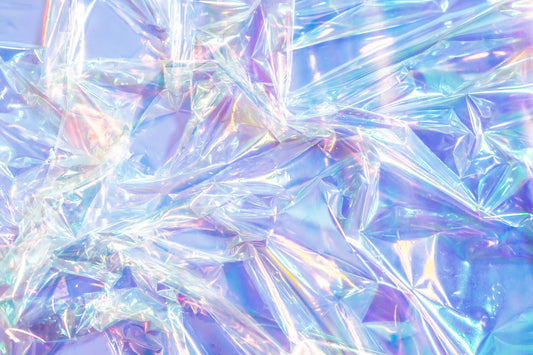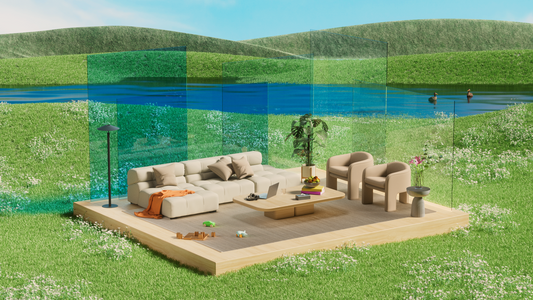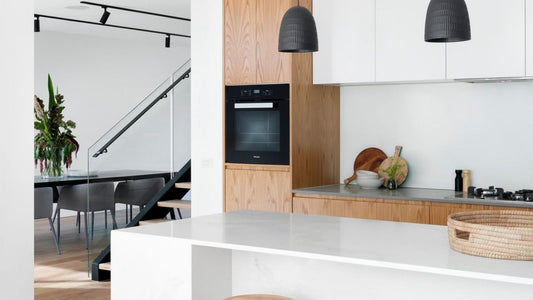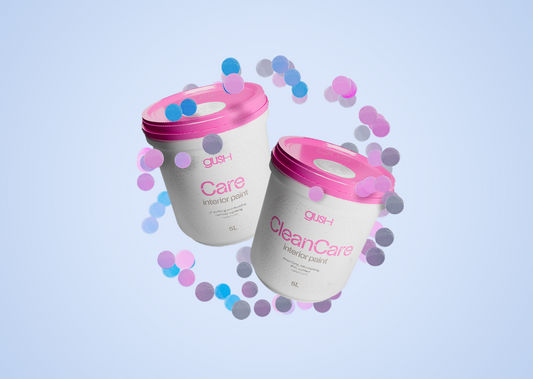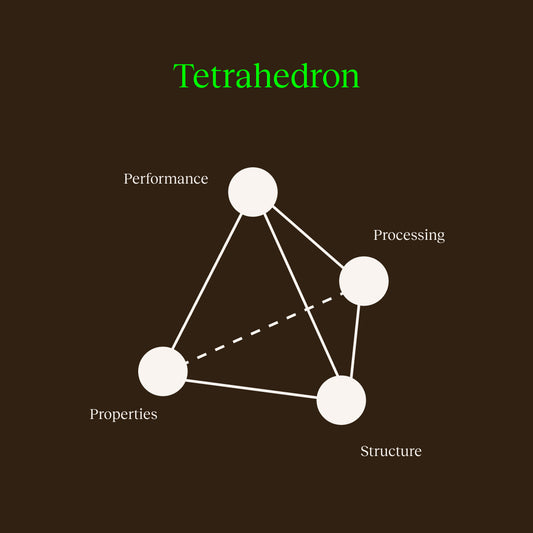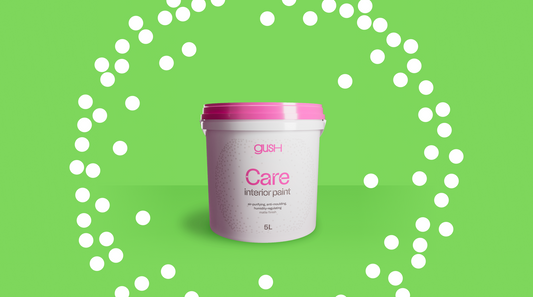Science
A deep dive into our paint formulation
Read about the components that make an effective paint. Let’s break down these different parts, and help you understand what makes Gush paint work.
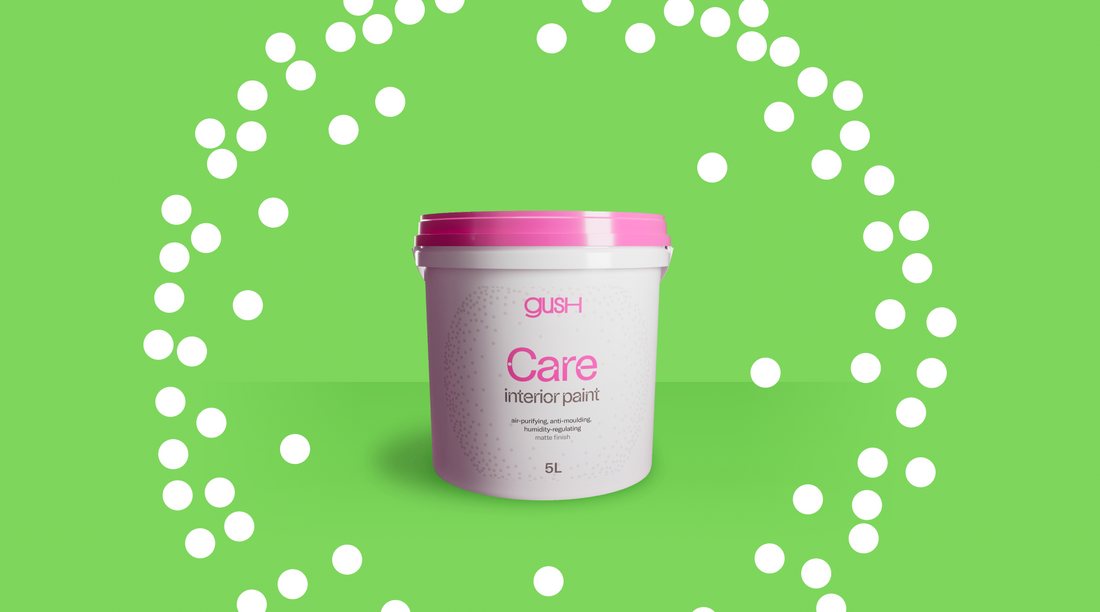
Read about the components that make an effective paint. Let’s break down these different parts, and help you understand what makes Gush paint work.
Creating a paint that purifies the air of pollutants is now a reality, thanks to innovations and discoveries in material science. Our team conducted many tests and trials to get the right combination of materials working together. But what components make an effective paint? Let’s break down these different parts, and help you understand what makes our paint work.
Firstly, what are paints for?
Paints don’t just provide lovely colours to your walls and elevate your home’s aesthetic. They serve a protective function as well: to protect the underlying surface material from environmental degradation. This damage comes in many forms; moisture from humidity, UV light, atmospheric pollutants, and micro bacterial growth such as mildew and mold. A house’s facade would look bad pretty fast without a coat of exterior paint.
As a coating, it’s important that paint adheres well to different materials, from wood to cement or metal. It should resist peeling and maintain color and gloss over time. It should also be able to dry at low temperatures.
Gush interior paints use styrene acrylate as the base polymer to achieve these characteristics, and more. Other major properties include:
- Binds well with paint pigments
- Odourless
- Strong alkali resistance
- High water resistance
These make it great for indoor paints. For our exterior paints, however, we use acrylate-only polymers as they have better UV light resistance.
What about paint VOCs, you may ask? Traditional paints use ethylene glycol and propylene glycol, which are toxic and contain volatile organic compounds. We don’t want that, so we replace it with non-toxic solvents instead. A much safer option for your health.
What else goes into paint?
Having a great polymer alone won’t get you a great-looking wall. There’s a handful of other component materials you need to make paint, and we’ve carefully gone through each to make the best selections. These include:
- Binder
- Coalescent Agent
- Cosolvent
- Rheology Modifier
- Pigment
- Surfactant
- Surface Modifying Agents
Each component enhances Gush paint with their distinct properties. Let’s dive into what each one does.
Binder
As paint dries, its solvents and carrier fluid evaporate. That’s when you need a binder to help the pigments in the paint adhere to a surface; otherwise, they’d come off the wall too easily. A binder also protects the wall’s underlying material (also known as the substrate) from environmental weathering.
Coalescent Agent
For a paint to form an even coating on a surface, you need maximum film formation. Coalescent agents soften the polymer in the paint’s latex particles so that as it dries, it fuses together to form a smooth, continuous film. By functioning as a temporary plasticizer, a coalescent agent also helps paint to be applied easily. Because paint needs to dry easily at room temperature, coalescent agents are important to reduce the minimum film forming temperature (MFFT) of the paint, which is the minimum temperature required for paint to form a film on the surface of the material.

Source: https://www.sciencedirect.com/science/article/pii/S0300944016305860
Cosolvent
You want paint that dries fast, but not so quickly that you don’t have time to paint over irregularities. Otherwise, it becomes really troublesome to get a smooth finish. Having cosolvents in paint helps to slow down the drying time. It also lowers the paint’s freezing point so that it doesn’t freeze during transport or storage. Additionally, it enhances the rheology of the paint – more on that next.
Rheology Modifier
Watery paint is difficult to apply onto surfaces and get a smooth coat. So we use rheology modifiers to thicken the emulsion and make it easier to apply. It improves the shelf life of the paint, the time you can leave your paint tin open, and stops paint from drooping, or sagging, as its applied to the surface.
To achieve this, we use associative thickeners that can assemble with other hydrophobic substances in the paint. This makes for better performance in sag and leveling, moisture resistance, spatter resistance and coverage as compared to cellulosics and non-associative thickeners.

Pigment
This is what gives paint its colour, and we want it to be vivid. Rutile titanium dioxide, for example, is an inorganic pigment with a high refractive index: 2.75. When light strikes the pigment, a significant portion of it will be refracted. This gives the paint high opacity and strong hiding power. It eliminates any contrast between the substrate and the paint so the underlying surface is totally masked.
Pigments are either organic or inorganic. Organic pigments allow for a wider range of colours, higher gloss, and brighter colours; but have lower durability and hiding capabilities.

Source: https://knowledge.ulprospector.com/10363/pc-titanium-dioxide-the-misunderstood-pigment/
Surfactant
Surfactants help to keep our paint formulation stable and prevent it from splitting, improving storage stability. By integrating all the components together and stopping the pigments from clumping, or agglomerating, the paint doesn’t become sediments easily and can be stored without fuss. Surfactants do this by reducing the surface tension between the solid pigment particles and the liquid carrier, allowing for more efficient wetting and deagglomeration.

Source: Wikipedia
Surface Modifying Agents
These are additives that enhance the performance of the paint, whether it’s giving it more aesthetic qualities or improving its protective features. For example, adding silicones or waxes, with their hydrophobic properties, makes a paint water repellant. These agents can also lower the surface tension and make wetting of the coated surface harder, making it more resistant to weathering.

Source: https://coatings.specialchem.com/selection-guide/surface-modification-additives-for-coatings
Paints are a complex combination of various organic and inorganic materials, and getting the balance right makes it perform well and have lots of protective features. Using natural ingredients keeps Gush paints toxic-free, VOC-free and sustainably produced, while providing all our air-purifying benefits. So you can rest assured, knowing your Gush-painted space is protecting your air and your home in a multitude of ways.
